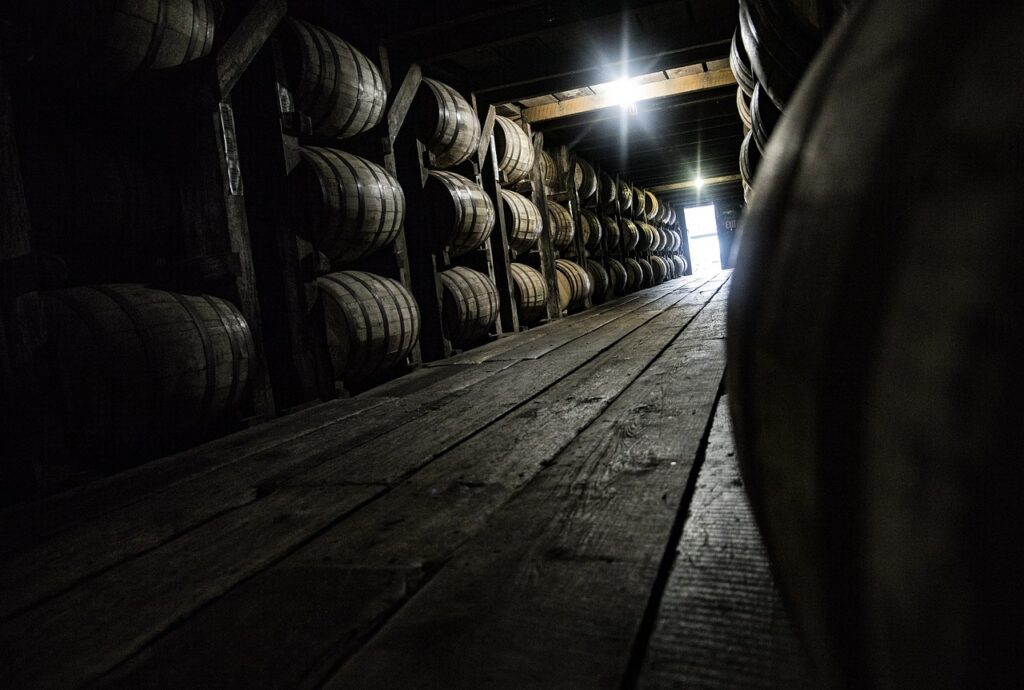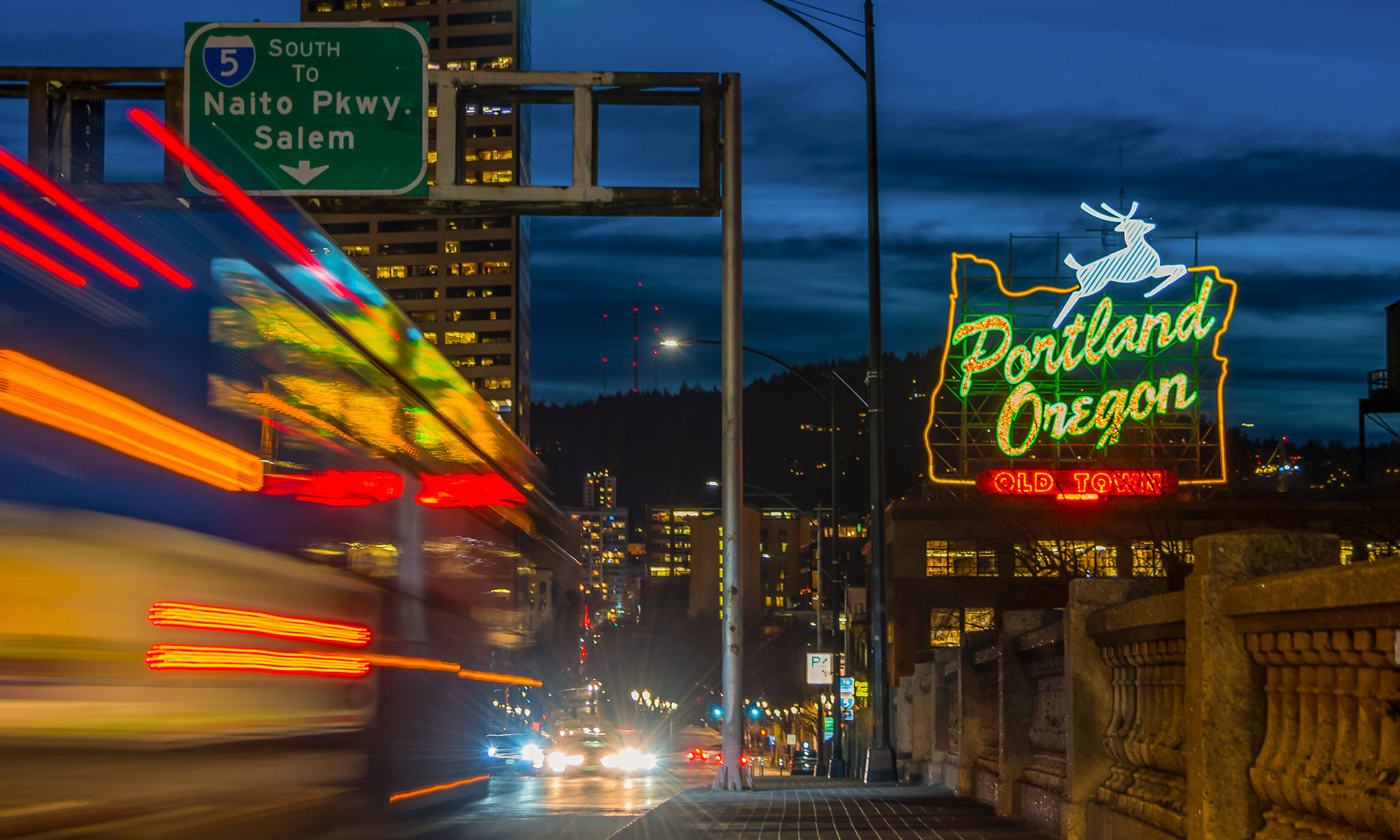
What is the history of bourbon?
Bourbon whiskey is a type of American whiskey made primarily from corn (maize) mash. To be called bourbon, the whiskey must be made in the United States from a mash of at least 51% corn. It must be aged in new, charred oak barrels for a minimum of two years. And it must be bottled at least eighty proof (40% alcohol by volume). It is named after Bourbon County, Kentucky, where it was first produced and became popular in the 19th century. Today, bourbon is made worldwide, but most still come from Kentucky.
There are many types of bourbon, from small batches to single barrels, and each has its own unique flavor profile.
Bourbon has been called “America’s Native Spirit” and became extremely popular during the American Civil War when soldiers from both sides would drink it to celebrate their victories.
Bourbon’s history is long, storied, and full of interesting facts.
Here are just a few highlights:
- Bourbon is made by distilling fermented corn mash.
- The mash is made from several grains, including corn, rye, wheat, and barley.
- The mix of grains gives bourbon its unique flavor.
- Bourbon must be aged in new, charred oak barrels.
- Bourbon was first produced in the late 18th century.
- In 1789, when Congress passed the first tax on distilled spirits, more than sixty distilleries were already operating in Kentucky.
- Ninety-five percent of the world’s bourbon is produced in Kentucky.
- When Prohibition was passed in 1920, all distilled spirits were prohibited. This included bourbon because it was made from grain mash.
How and why did bourbon become illegal?
In the early 1800s, bourbon was a popular and affordable type of whiskey in the United States. However, it was banned in 1920 after the passage of the Volstead Act, which prohibited the manufacture, sale, and transportation of alcohol. The reason for this ban was that many believed bourbon was responsible for many social problems, including crime and violence. While some people argued that bourbon should remain legal, others believed that it was a necessary step to reduce these problems. This law led to the rise of bootlegging and speakeasies during the 1920s.
On January 16, 1920, the 18th Amendment was ratified, making it illegal to make or sell alcoholic beverages.
While bourbon whiskey was not specifically mentioned in the 18th Amendment, it was still included under the umbrella of alcoholic beverages that were banned. This created a major problem for bourbon producers, who were forced to either stop production or go underground.
To enforce Prohibition, the government created the Federal Bureau of Narcotics in 1930, which evolved into the Drug Enforcement Administration (DEA) in 1973.
In 1933, the Volstead Act was repealed, and bourbon became legal again. During World War II, bourbon was again banned due to the Emergency Price Control Act. The industry was allowed to continue producing this time, but only enough for industrial alcohol.
In the 1960s, an alcohol shortage caused by the Cuban Missile Crisis led to a rise in bootlegging. The government responded by hiring more agents and increasing penalties for smuggling. Unfortunately, this led to a surge in corruption among government officials.
It was not until 1964 that bourbon became legal in the United States. This law change resulted from a court case called Fredericksburg Distilling Company v. the United States. The case revolved around whether bourbon could be considered a “distilled spirit” under the Federal Alcohol Administration Act. The court ruled that it could, which paved the way for bourbon to be legally produced in the United States.
How has bourbon changed since its humble beginnings?
It’s safe to say that bourbon has come a long way since its humble beginnings. The spirit was first created in the 18th century by American settlers in what is now Kentucky. These settlers were looking for a way to use up the excess corn they had grown, and so they began distilling it into whiskey.
The early days of bourbon were rough, with no real regulations or standards in place. As a result, the quality of the whiskey varied from batch to batch. It wasn’t until the late 19th century that Congress passed a law requiring all bourbon to be made with at least 51% corn and aged in new, charred oak barrels. This helped improve the bourbon quality and make it more consistent.
Today, there are strict regulations surrounding the production of bourbon.
Bourbon has evolved in flavor profiles over the years. In the past, bourbon was typically overly sweet and heavy-bodied. Today’s bourbons are often lighter in body and have more complex flavor profiles.
Bourbon has become big business; in the early 1900s, a bourbon barrel sold for $2 or $3. Today a barrel will cost you between $8,000 and $15,000. More than 1.5 million bourbon barrels were sold in the United States in 2017. Bourbon sales in the United States continued their upward trend in 2021, reaching a new record high. The popularity of bourbon has been growing for several years now, and 2021 was no exception. American consumers purchased more than $3 billion worth of bourbon last year, an increase of 6% over 2020.
Bourbon has undergone a renaissance in recent years, with many new and exciting brands emerging. This new generation of bourbons is perfect for sipping neat or using to craft creative cocktails.
What does the future hold for bourbon?
The answer is simple: more bourbon. Bourbon has recently seen a surge in popularity, becoming one of the most popular types of alcohol in the United States. This is partly due to the craft cocktail movement, which has led to a renewed interest in classic cocktails that call for bourbon as a key ingredient. In addition, bourbon’s distinct flavor profiles – often described as rich, sweet, smoky, spicy, or caramel-like – have made it a favorite among casual drinkers and serious connoisseurs alike.
With this newfound popularity, bourbon producers face increased pressure to meet demand. This has led to some concerns that bourbon quality could suffer as producers cut corners to keep up with the output. However, many producers are committed to maintaining the high standards that have made bourbon so popular in the first place.
The future of bourbon looks bright and is expected to continue in the coming years as more people discover this unique type of whiskey. More and more people are becoming interested in trying different types of bourbon, and many companies are innovating new ways to produce it. The demand for bourbon is high, and there are no signs of it slowing down.
The top bourbon distillers of today.
There are many great bourbon distillers operating today. These distillers are producing some of the best bourbons ever made. The bourbons they make are of the highest quality and very tasty. The distillers use the best ingredients and take their time to ensure that the bourbon is of the highest quality. They are also using new techniques to ensure that their bourbons are the best they can be.
Here are some of the best:
- Buffalo Trace bourbon has been around since 1787, making it one of the oldest distilleries in the country and one of the most respected names in bourbon. Owned by the Sazerac Company, Buffalo Trace is one of the most awarded bourbon brands in the world. The buffalo on the bottle represents the American bison, which used to roam freely on the land where the distillery now stands.
- Four Roses is one of the top bourbon distillers of today. The company was founded in 1888 and has been making some of the best bourbons in the world ever since. Four Roses is known for its unique flavor profile, resulting from using two different types of yeast during fermentation. This gives Four Roses bourbon a fruity, floral flavor that is unlike any other bourbon on the market.
- Heaven Hill distillery is the second-largest family-owned-and-operated spirits producer in the United States. They have been around since the 1930s and are known for their high-quality products. Their flagship product is the Elijah Craig Bourbon, which is a 12-year-old single-barrel bourbon that is incredibly smooth and has a great flavor. Other notable products from Heaven Hill include the Evan Williams Single Barrel Vintage Bourbon and the Larceny Kentucky Straight Bourbon Whiskey.
- Maker’s Mark Distillery is a bourbon distillery located in Loretto, Kentucky. The company was founded in 1805 by Bill Samuels, Sr., and is currently owned by his grandson, Rob Samuels. Maker’s Mark is known for its distinctive red wax seal, which is handmade and dipped in the bottle. The distillery uses a unique wheat mash bill, which gives the bourbon a sweeter taste than other bourbons. Maker’s Mark has won numerous awards for its bourbon, including a Double Gold Medal at the San Francisco World Spirits Competition.
- Michter’s distillery is the oldest distillery in the United States that is still making whiskey, founded in 1753. Located in Louisville, Kentucky, they are known for their small-batch bourbons, high quality, and unique flavors. The distillery produces a variety of bourbons, including single barrel, small batch, and limited release. Michter’s also produces rye whiskey and American whiskey.
- Woodford Distillery produces a variety of bourbons, including the flagship Woodford Reserve Bourbon, as well as small-batch and single-barrel bourbons. Founded in 1812, Woodford is known for its small-batch bourbons, which are carefully crafted and delicious.
Bourbon is a delicious spirit that can be enjoyed neat, on the rocks, or in a cocktail. It has a rich history dating back to the 18th century when it was first produced in Kentucky. Today, many brands of bourbon are available, each with a unique flavor profile. Whether you’re a fan of traditional bourbons or something more experimental, there’s sure to be a bourbon out there for you to enjoy.
For more from The PDX Blogger, check out our posts at: https://thepdxblogger.com/blog/.
